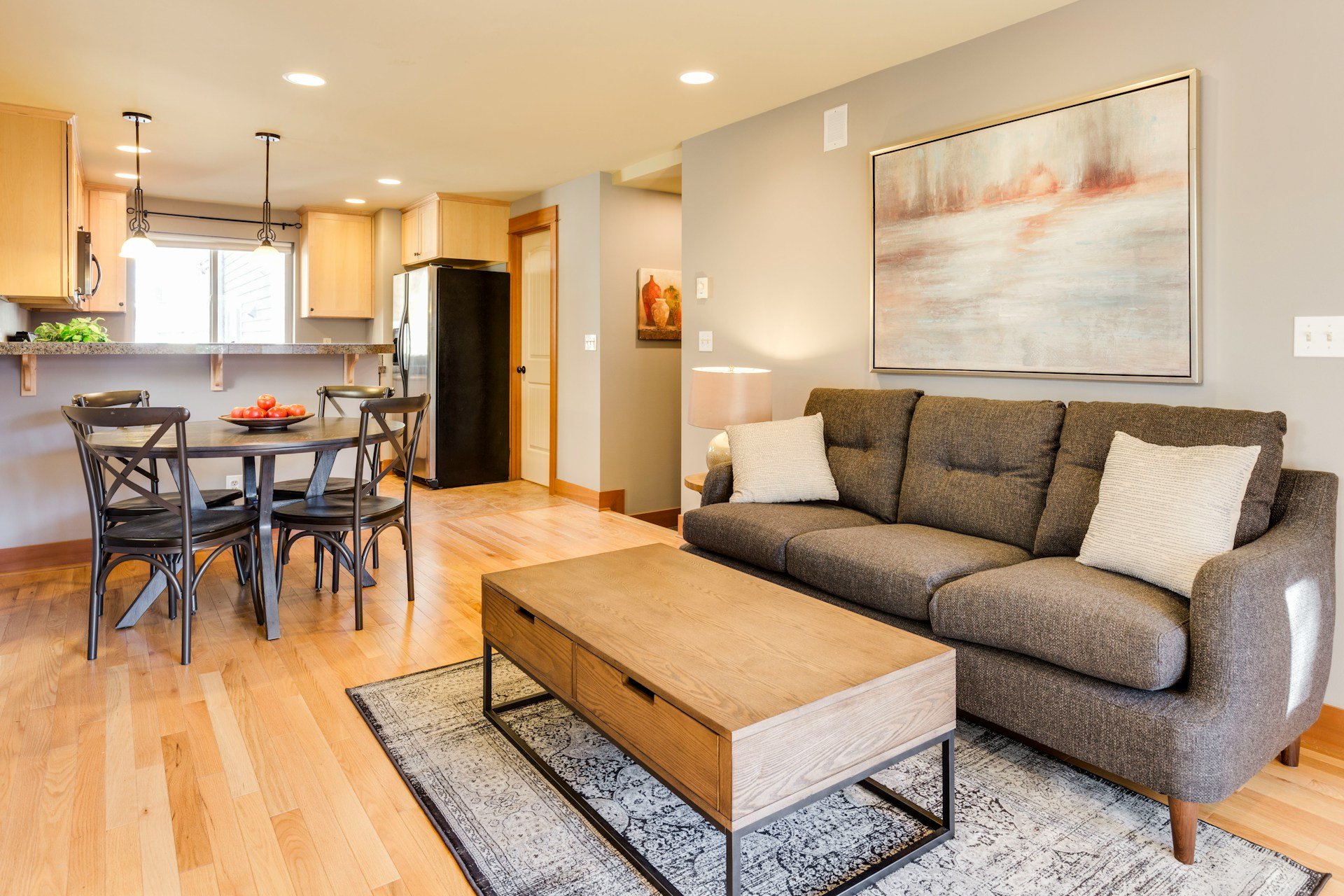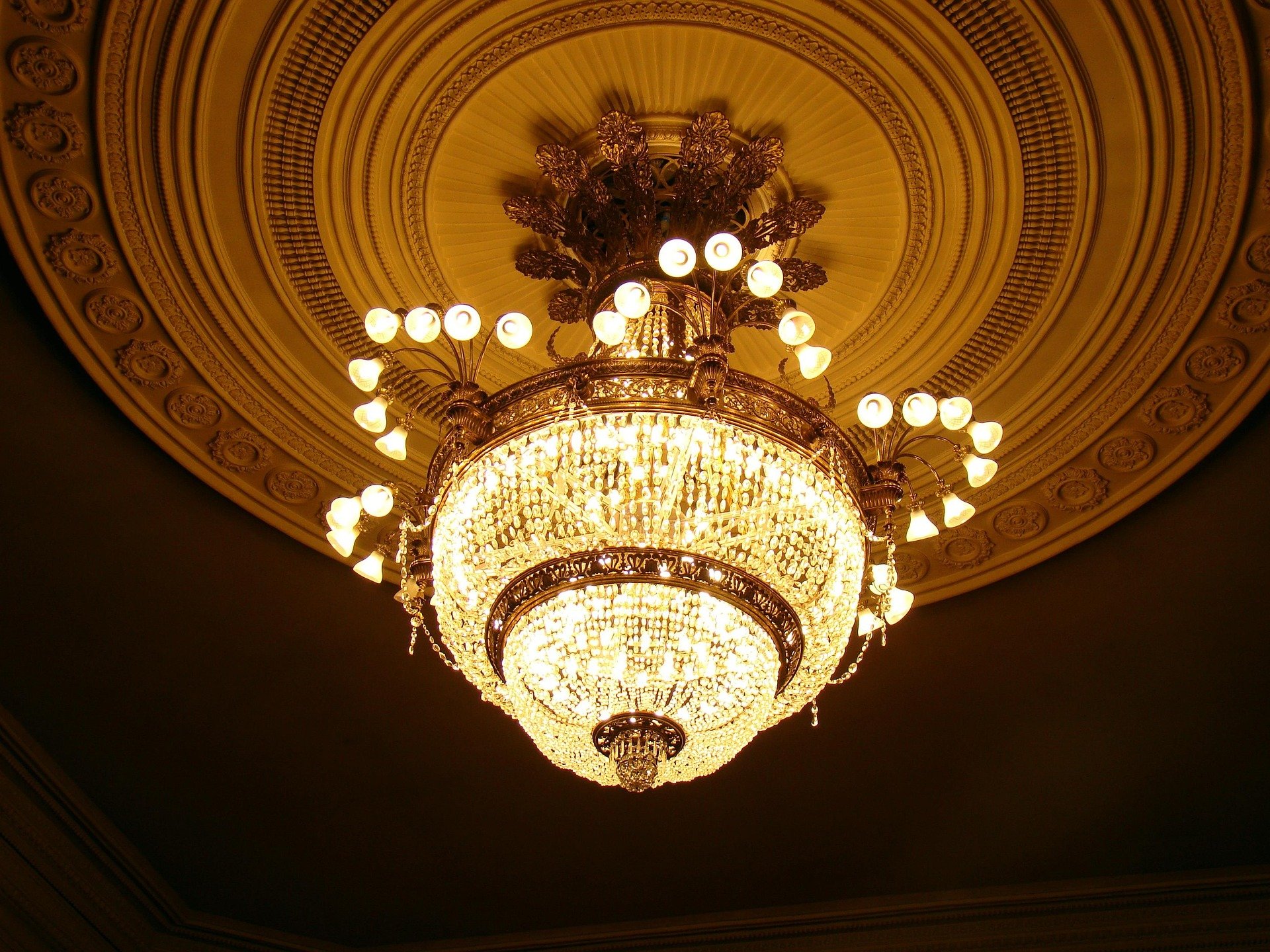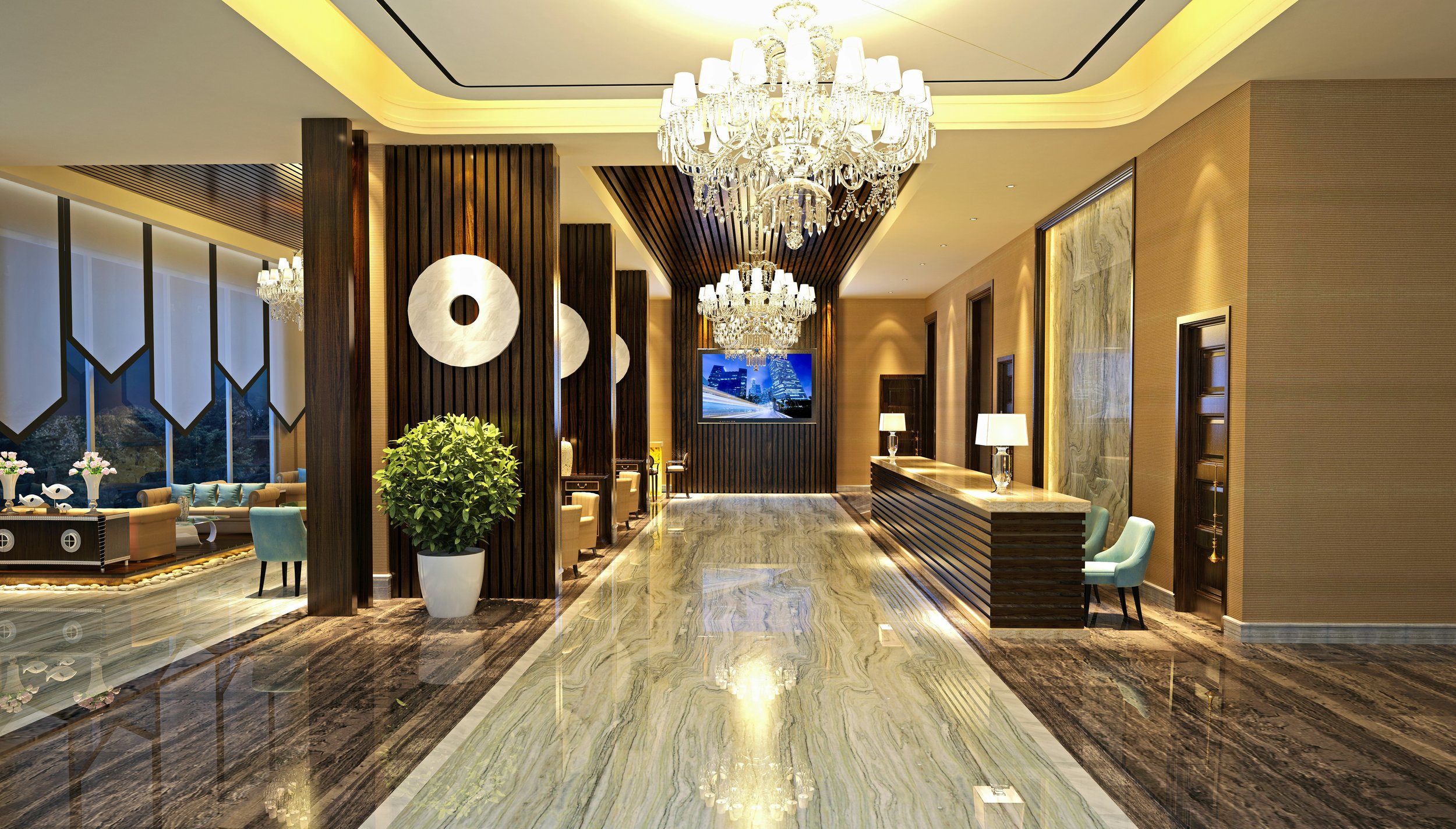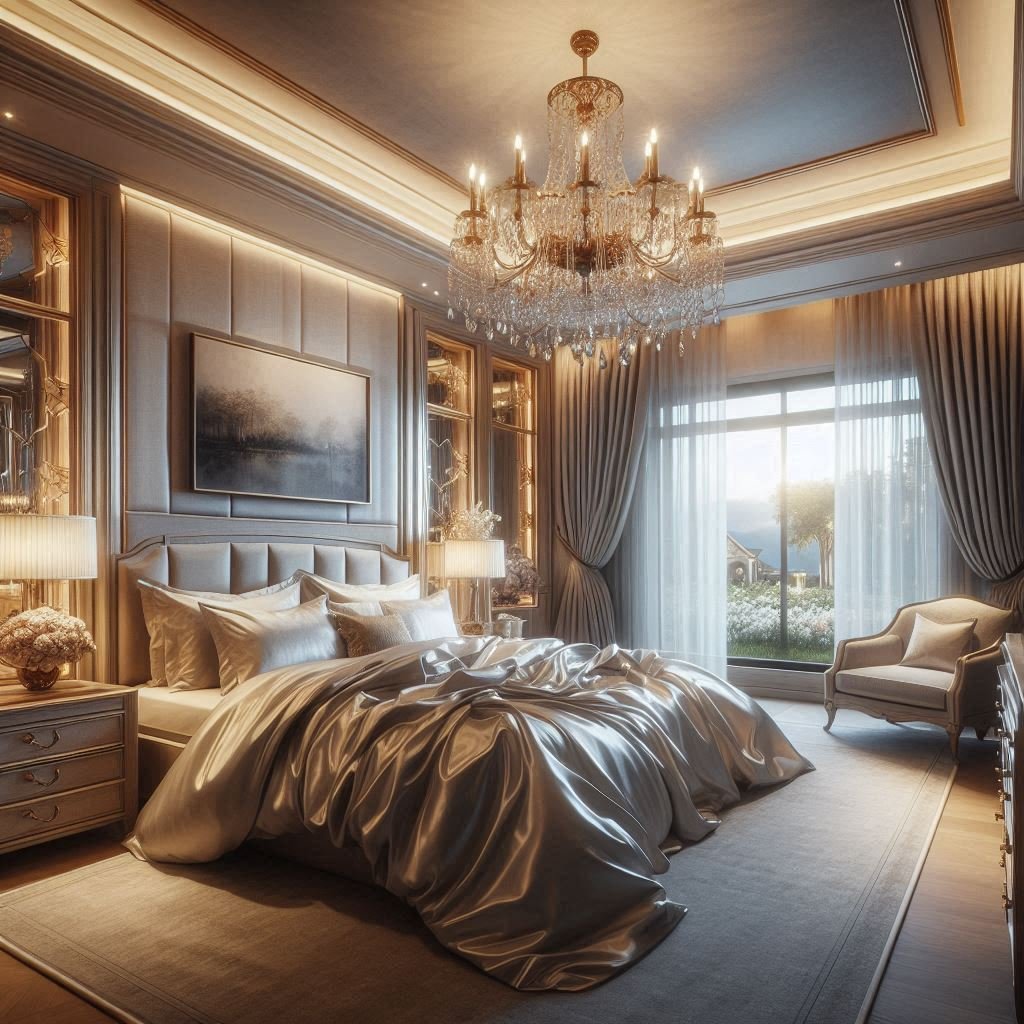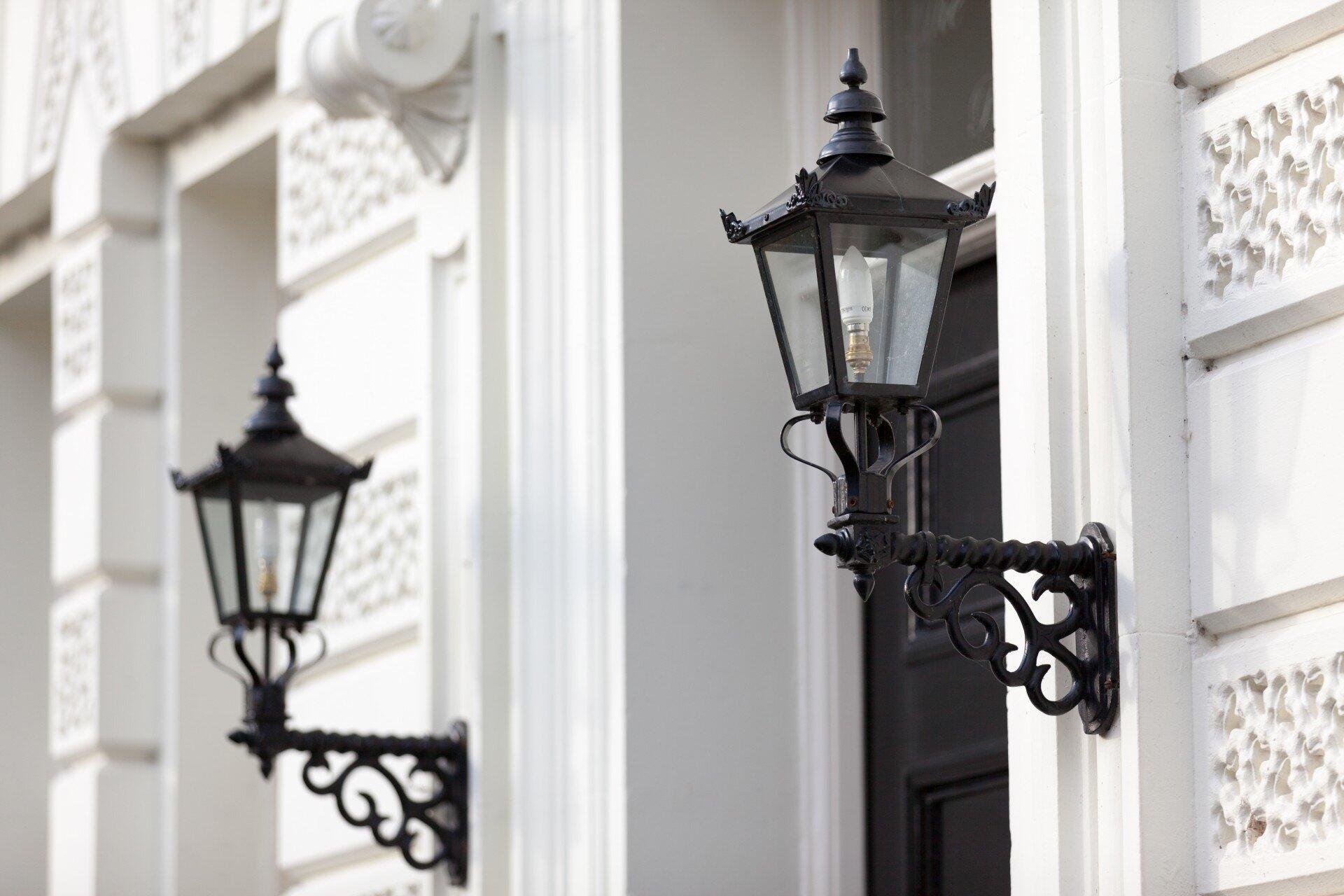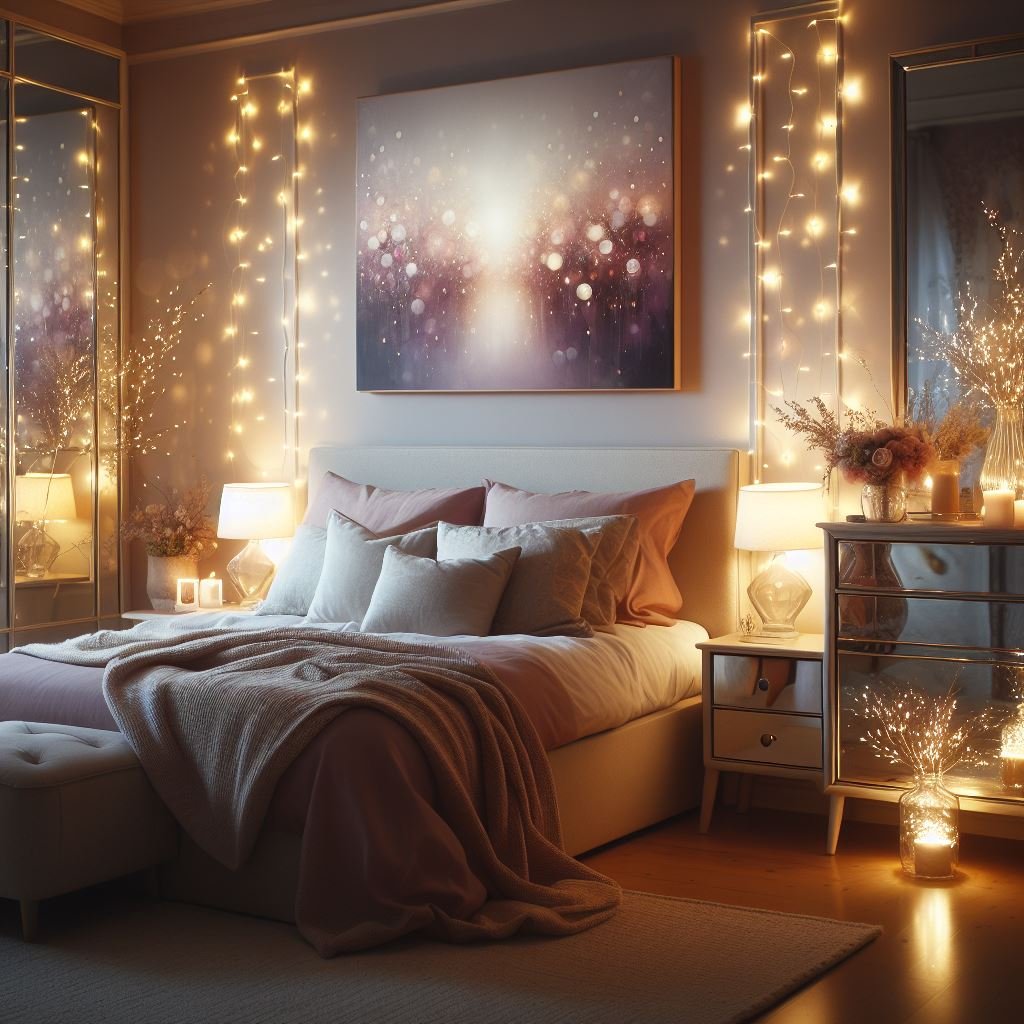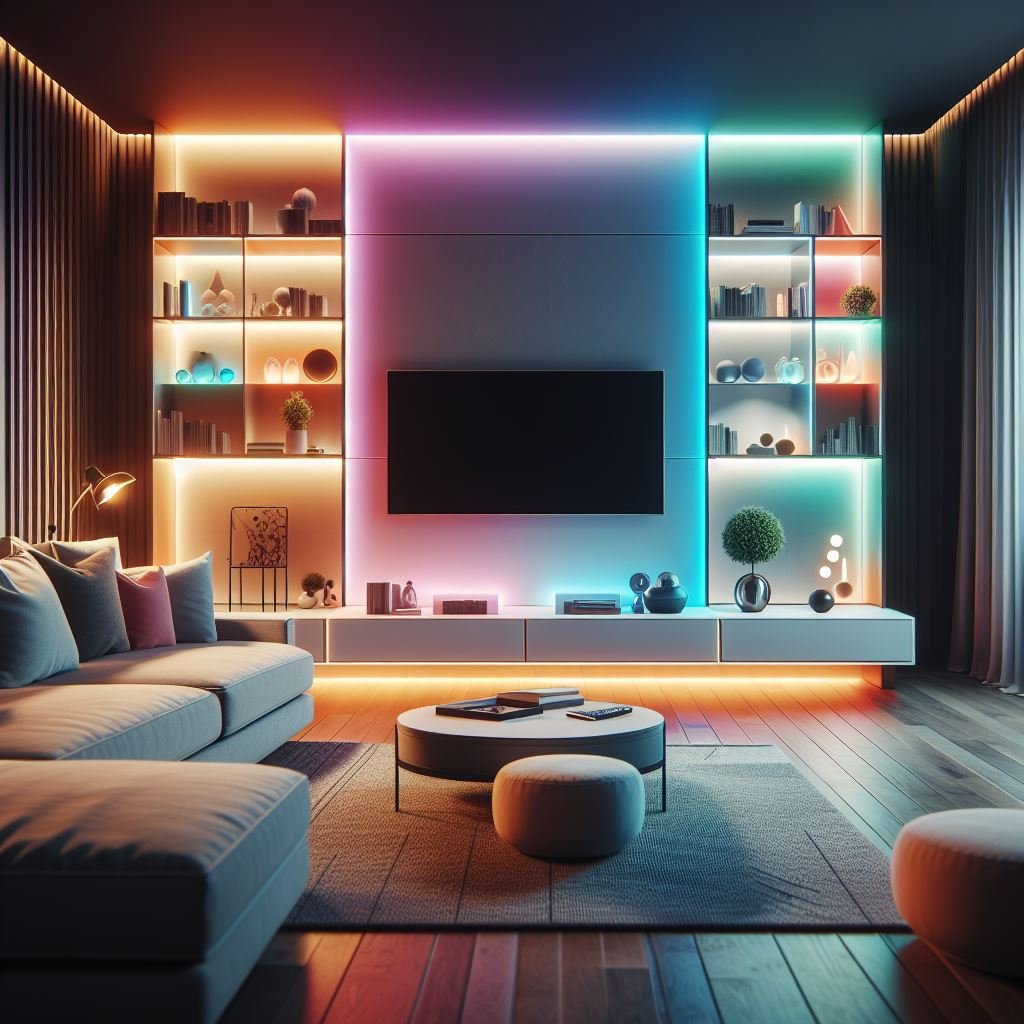The Science of Ambiance: Using Light Temperature and Fixtures to Transform Spaces
Learn how light temperature and the right fixtures can completely transform your home’s ambiance, mood, and functionality—room by room.
Light possesses an almost magical ability to completely transform the character of any space. Beyond its fundamental purpose of providing visibility, lighting serves as one of the most powerful tools in interior design, capable of influencing our emotions, productivity, and overall well-being. Understanding the science behind how different lighting elements work together can help anyone create environments that not only look beautiful but also feel exactly right for their intended purpose.
Understanding Colour Temperature: The Foundation of Mood
Colour temperature, measured in Kelvin (K), represents the visual warmth or coolness of light and forms the cornerstone of effective ambiance creation. This scientific measurement directly correlates with how our brains interpret and respond to different lighting conditions throughout the day.
Warm light, typically ranging from 2700K to 3000K, mimics the golden hues of sunrise and sunset. This type of illumination promotes relaxation and comfort, making it ideal for bedrooms, dining rooms, and living spaces where people gather to unwind. The warm tones trigger the production of melatonin, our body's natural sleep hormone, which explains why cosy restaurants and intimate venues almost universally employ this lighting strategy.
Cool light, measuring between 4000K to 6500K, replicates the bright, crisp quality of midday sunlight. This higher colour temperature enhances alertness and concentration, making it perfect for offices, kitchens, and workspaces. The blue-rich spectrum suppresses melatonin production and stimulates cortisol, keeping us naturally focused during active hours.
Neutral light, falling between 3000K and 4000K, offers versatility and balance. This middle ground works well in transitional spaces like hallways, bathrooms, and multi-purpose rooms where activities vary throughout the day.
The Psychology of Light: How Fixtures Shape Experience
Different fixture types create distinct psychological effects through their distribution patterns and visual presence. Understanding these impacts allows for strategic lighting design that supports specific activities and moods.
Pendant lights and chandeliers serve as focal points that draw attention upward, creating a sense of grandeur and establishing clear gathering spaces. These fixtures work particularly well over dining tables and kitchen islands, where they define intimate zones within larger rooms while providing task-oriented illumination.
Recessed lighting offers clean, unobtrusive illumination that makes spaces feel larger and more open. By eliminating visual clutter from the ceiling plane, recessed fixtures allow architectural features and furnishings to take centre stage. However, relying solely on downlights can create harsh shadows and an institutional feel, making supplementary lighting sources essential.
Wall sconces and uplighting create gentle, diffused illumination that softens harsh edges and reduces contrast ratios. This type of lighting is particularly effective for creating relaxing environments, as it mimics the way natural light bounces off surfaces in outdoor settings.
Floor and table lamps introduce human-scale lighting that feels intimate and controllable. These portable fixtures allow for easy adjustment and personalisation, enabling occupants to fine-tune their environment based on current needs and preferences.
Layered Lighting: Creating Depth and Functionality
Professional designers employ a three-layer approach to create truly transformative spaces: ambient, task, and accent lighting. This methodology ensures both functional adequacy and atmospheric richness.
Ambient lighting provides overall illumination and establishes the room's general mood. This base layer, often achieved through recessed lights, flush-mount fixtures, or cove lighting, should be evenly distributed to eliminate dark corners and create visual comfort.
Task lighting addresses specific functional needs like reading, cooking, or detailed work. Under-cabinet strips in kitchens, desk lamps in offices, and bedside reading lights exemplify this category. Proper task lighting prevents eye strain and enables precise activities while maintaining the room's overall ambiance.
Accent lighting adds drama and visual interest by highlighting architectural features, artwork, or decorative elements. Track lighting, picture lights, and strategically placed spotlights create focal points and depth, transforming flat spaces into dynamic environments with character and personality.
Smart Technology: The Future of Responsive Environments
Modern smart lighting systems represent a revolutionary advancement in ambiance control, offering unprecedented flexibility and customisation. These systems can automatically adjust colour temperature throughout the day to support natural circadian rhythms, gradually shifting from energising cool light in the morning to relaxing warm light in the evening.
Programmable scenes allow users to instantly transform spaces for different activities. A living room might shift from bright, cool indoor lighting for afternoon work sessions to warm, dimmed illumination for evening entertainment with the touch of a button. Motion sensors and daylight harvesting systems further enhance efficiency by automatically adjusting artificial light levels based on occupancy and available natural light.
Practical Applications: Bringing Science into Daily Life
Implementing these principles requires thoughtful consideration of each space's primary functions and desired atmosphere. Bedrooms benefit from layered warm lighting with strong dimming capabilities, allowing for energising morning routines and relaxing evening wind-down periods. Kitchens need bright, cool task lighting over work surfaces combined with warmer ambient lighting for casual dining and socialising.
Home offices should prioritise adjustable lighting that can shift from cool tones during work hours to warmer, more relaxing temperatures for evening use. Living rooms require maximum flexibility, with multiple light sources and control options to accommodate everything from reading and conversation to movie watching and entertaining.
The science of ambiance ultimately reveals that effective lighting design goes far beyond simple illumination. By understanding how colour temperature affects our physiology, how different fixtures influence our psychological responses, and how layered approaches create functional yet beautiful environments, anyone can harness the transformative power of light to create spaces that truly enhance daily life.
